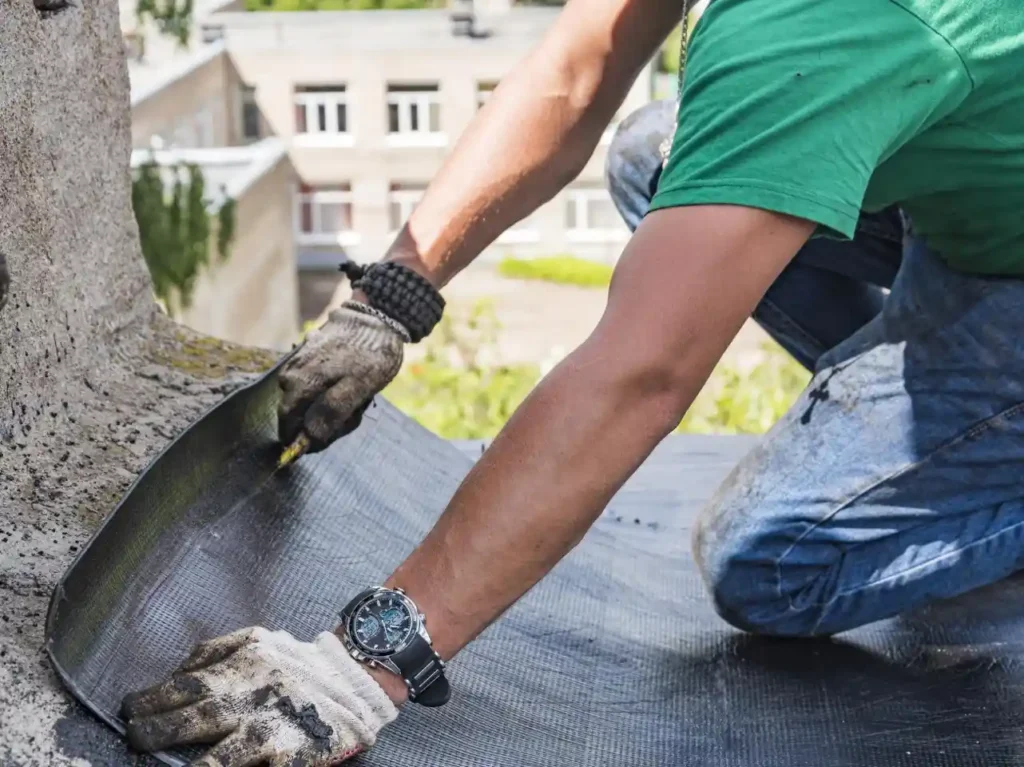When the time comes for our terrace or balcony to lose its aesthetic and technical qualities due to leaks, often damaging the façade or the room below, we are faced with the dilemma of choosing the right materaterial for waterproofing. Most often, we delve into the Internet and type in the search term : waterproofing for terrace or balcony. Unfortunately, we are often confronted with a mass of adverts and websites promoting and praising the so-called LIQUID FOLES. This term is not universal and is not a cure for every leak. Liquid films are not the worst solutions, but they are not the most durable either. Areas exposed to intense weathering should be protected with more robust solutions.
Not everyone needs to be a specialist in m1TP2Building materials, so we'll tell you the differences between two m1TP2Building materials: liquid film and two-component waterproofing type WB DUOFLEX or WB 2K.
The liquid waterproofing material is a single-component, synthetic resin-based material, usually designed for DIY enthusiasts who want quick and easy application without the need for mixing equipment. This type of waterproofing is ready for use once the packaging is opened, but unfortunately it is quite thin, brittle and not very resistant to mechanical damage - therefore, if it is used to protect both walls and floors, the product should be applied first to the walls so that the floor is not walked on and then to the horizontal surface. On the other hand, a two-component waterproofing of the type WB DUO FLEX as well as WB 2K is a set of two components: wet and liquid. The liquid component is also a base of synthetic resins, but one that needs to be mixed with a cement-based reactive powder to cure and set. When these two components are combined, the result is a dense mass that, when dry, forms a thicker layer of rubber that is definitely more resistant to mechanical damage and cracking.
The conclusion is obvious, a thicker and stronger waterproofing coating gives us greater strength and protection against moisture. What's more, a two-component waterproofing is more flexible, more resistant to damage and has a greater ability to transfer cracks, which is most important when maintaining the waterproofing coating's tightness.

